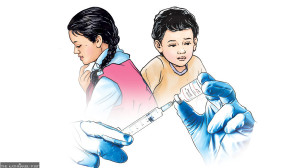Editorial
Protecting our future
The country should be able to look after the well-being of our mothers and children.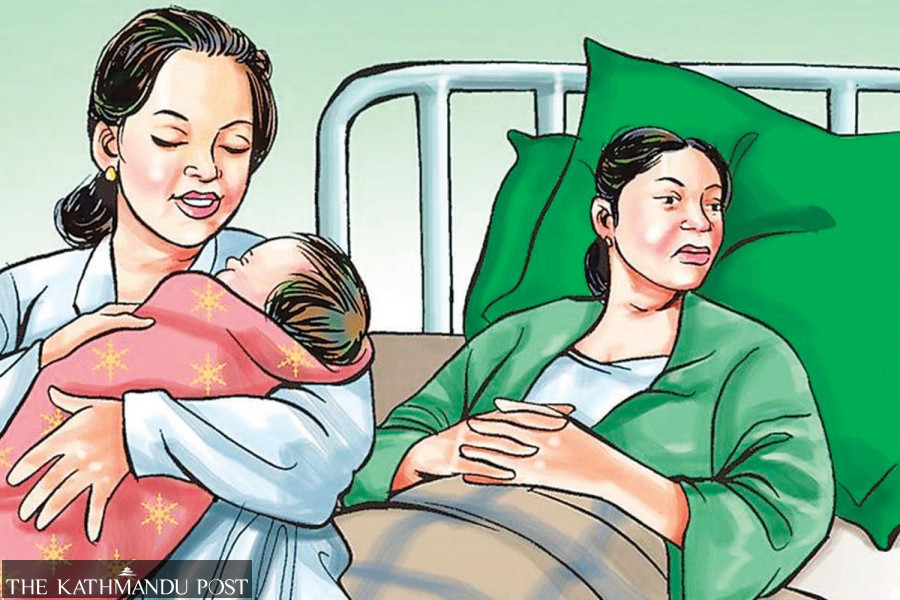
Today, more Nepali women are surviving pregnancy and childbirth than ever. This has been possible due to various government initiatives and constant funding from international organisations. The World Health Organisation recently congratulated the government and other contributors for reducing maternal deaths by over 70 percent since 2000. The country even received the Millennium Development Goal award for cutting the maternal mortality rate from 529 per 100,000 births in 1996 to 239 in 2016. Although the accolades are much deserved, the government’s recent shift in priorities and budget cuts risks undoing years of progress as fatality during childbirth still remains a leading cause of women’s death in Nepal.
According to the UN health body’s data, the neonatal mortality rate currently stands at 16.6 per 1,000 live births, with the stillbirth rate reduced to 13.5 per 1,000. Despite notable progress, the country remains unlikely to meet its Sustainable Development Goal of reducing maternal mortality to 75 per 100,000 births by 2030, largely due to insufficient funding and support for essential programmes. The government’s Safe Motherhood Programme, which has been instrumental in saving hundreds of maternal and neonatal lives every year, is now in crisis due to a fund crunch. Although officials from the Family Welfare Division under the Department of Health and Services had clearly stated it needed Rs4 billion a year to continue the Safe Motherhood Programme, it received just over Rs3 billion this fiscal year.
Through the programme, women have gained access to free delivery services at health facilities operated by local governments. It has also ensured free medical care, transport allowances and cash incentives for those attending antenatal checkups, improving women’s health during and after pregnancy. However, the sustainability of these benefits is now uncertain, as hospitals desperately await Rs380 million in reimbursements to continue offering these services. Previously, when government investments fell short, USAID funding served as a crucial lifeline. However, recent aid cuts have affected programmes such as neonatal care training for hundreds of doctors and nurses, maternal and child health, nutrition, reproductive health and family planning.
In February, the health ministry promised that funding cuts wouldn’t disrupt basic healthcare programmes and that maternal and child health would be its top priorities. To fill the funding gap, the ministry even turned to UN agencies like WHO, UNICEF and UNFPA. However, these bodies have been unable to commit budgetary support as they are also facing the consequences of USAID suspension. Challenging times like these demand strong government leadership and a renewed commitment to funding essential initiatives. However, the government has done the opposite—ignoring the warning signs, it reduced the health ministry’s overall budget ceiling by Rs3 billion for the upcoming fiscal year. Experts say the health sector needs at least 10 percent of the national budget; the ongoing fiscal year’s health budget was Rs86.24, around 4.6 percent of the total. The government cannot afford to reduce it further.
It is unreasonable to expect external support for the well-being of our mothers and children. Similarly, the government cannot grow complacent at its achievements, as ensuring safe motherhood is not a one-time investment. It is vital to understand that these programmes are more than services. They empower women by improving their access to sexual and reproductive rights. Pulling back on these investments would break the momentum built over years, and the recovery price would be even costlier. The country has already witnessed what is possible with long-term commitment. Now is not the time to step back.




 12.12°C Kathmandu
12.12°C Kathmandu





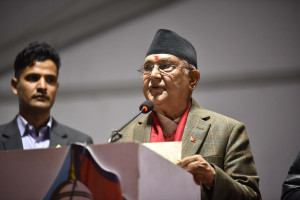
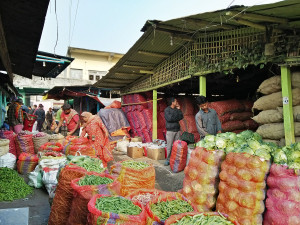

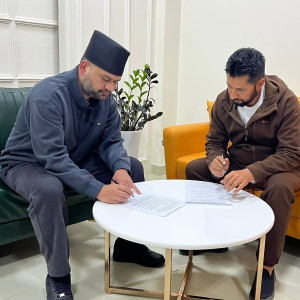



%20(1).jpg&w=300&height=200)

